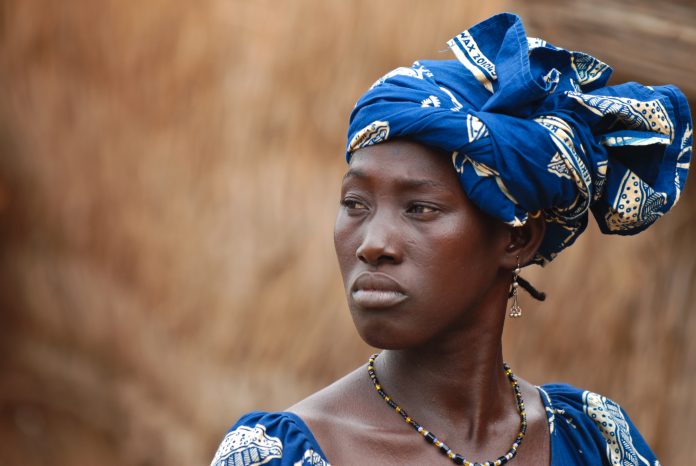When it comes to the impact of evolution on different face shapes and features, scientists have been attempting to identify the genes involved – now, researchers at University College London believe they have an answer
The human face has endless ways of existing, this immense variation witnessed for centuries across ethnicities and continents, across gender and language barriers.
Despite this multitude of ways to have a face, the global cosmetic surgery industry is expected to hit $50.5 billion by 2027.
It is currently the age of The Instagram Face leading individuals to pursue a specific set of features, which celebrity makeup artist Colby Smith described as: “an overly tan skin tone, a South Asian influence with the brows and eye shape, an African-American influence with the lips, a Caucasian influence with the nose, a cheek structure that is predominantly Native American and Middle Eastern.”
But what about genetics?
Despite how multicultural this “ideal” face appears, it is dismissive of genetic difference. The faces that are extensively crafted to look like this, via surgery or filter, have a racial ambiguity that disowns any real affiliation to race. This in itself is a worrying sentiment, as darker skinned people across the world remain at risk of discrimination.
Researchers in this study wanted to understand the legacy of the faces we have today – where did they come from? And what could those genes tell them about ancestral adaptions of the face?
Recently, UCL researchers found 32 gene regions that influenced features – such as nose, lip, jaw, and brow shape. Nine of these regions were completely new discoveries, while the others validated genes with little prior evidence.
The team analysed data from more than 6,000 volunteers across Latin America. This study compared genetic information from the study participants with characteristics of their face shape, quantified with 59 measurements (distances, angles and ratios between set points) from photos of the participants’ faces in profile.
One of the genes comes from Denisovans, an extinct human group
The international research team, led from UCL, Aix-Marseille University and The Open University, found that one of the genes appears to have been inherited from the Denisovans. They are an extinct group of ancient humans, who lived tens of thousands of years ago.
The team found that the gene, TBX15, which contributes to lip shape, was linked with genetic data found in the Denisovan people, providing a clue to the gene’s origin.
One of the newly discovered genes found in this study is VPS13B, which influenced nose pointiness – the researchers also found that this gene affects nose structure in mice. This further suggests there is a link between mammal gene influences.
Co-corresponding author Dr Kaustubh Adhikari (UCL Genetics, Evolution & Environment and The Open University) commented: “The face shape genes we found may have been the product of evolution as ancient humans evolved to adapt to their environments. Possibly, the version of the gene determining lip shape that was present in the Denisovans could have helped in body fat distribution to make them better suited to the cold climates of Central Asia, and was passed on to modern humans when the two groups met and interbred.”
The Denisovans lived in central Asia, and other studies suggest they interbred with modern humans, as some of their DNA lives on in Pacific Islanders and Indigenous people of the Americas.
‘It was only possible because we moved beyond Eurocentric research’
Co-first author Dr Pierre Faux (Aix-Marseille University) said: “To our knowledge this is the first time that a version of a gene inherited from ancient humans is associated with a facial feature in modern humans.
“In this case, it was only possible because we moved beyond Eurocentric research; modern-day Europeans do not carry any DNA from the Denisovans, but Native Americans do.”
Co-corresponding author Dr Kaustubh Adhikari (UCL Genetics, Evolution & Environment and The Open University) said: “The face shape genes we found may have been the product of evolution as ancient humans evolved to adapt to their environments. Possibly, the version of the gene determining lip shape that was present in the Denisovans could have helped in body fat distribution to make them better suited to the cold climates of Central Asia, and was passed on to modern humans when the two groups met and interbred.”











